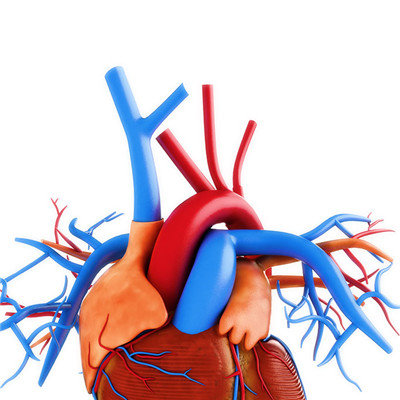What are the common symptoms of hypokalemia?
summary
The serum K + concentration ranged from 3.5 to 5.5 mmol / L, with an average of 4.2 mmol / L. Hypokalemia usually occurs when serum potassium is less than 3.5mmol/l. However, the decrease of serum potassium does not necessarily indicate the lack of potassium in the body, but only the decrease of the concentration of potassium in the extracellular fluid. Therefore, clinical analysis should be combined with history and clinical manifestations. What are the common symptoms of hypokalemia? Let's talk about it
What are the common symptoms of hypokalemia?
The common symptoms of neuromuscular system are myasthenia and paroxysmal soft paralysis. The latter may have myasthenia before the attack. Although the attack is related to the absolute level of plasma [k], it is more closely related to the intracellular and extracellular [k] gradient. The greater the gradient is, the greater the difference between resting potential and threshold potential is, so as to reduce muscle excitability. Paralysis may also occur when the plasma [k] rises,
The most common muscle involved is the limbs. The head and neck muscles are not affected, but the respiratory muscles may be involved, resulting in dyspnea. Before the attack, there may be numbness in the limbs, followed by fatigue, and finally autonomous activities disappear completely. Generally, the symptoms of the proximal muscles are milder than those of the distal muscles, and the patients cannot stand, walk, sit or squat, The lighter one can stand up with a reliable hand support, and can't turn over when sleeping in bed,
It can also have painful spasm or hand foot convulsion. The central nervous system is mostly normal and conscious. It can have mental symptoms such as apathy, depression, drowsiness, memory and disorientation. The brain nerve is rarely involved. The superficial nerve reflex is weakened or completely disappeared, but the deep tendon reflex and abdominal wall reflex are less affected.
matters needing attention
For patients with long-term less food, fasting, diuresis or massive vomiting, diarrhea, potassium should be supplemented in time. In addition, in metabolic acidosis, serum potassium may not be low. When the acidosis is corrected, hypokalemia may appear. Hypokalemia is often accompanied by hypocalcemia and hypomagnesemia. Their symptoms are confused with each other. Attention should be paid to supplement potassium and appropriate calcium and magnesium at the same time.












